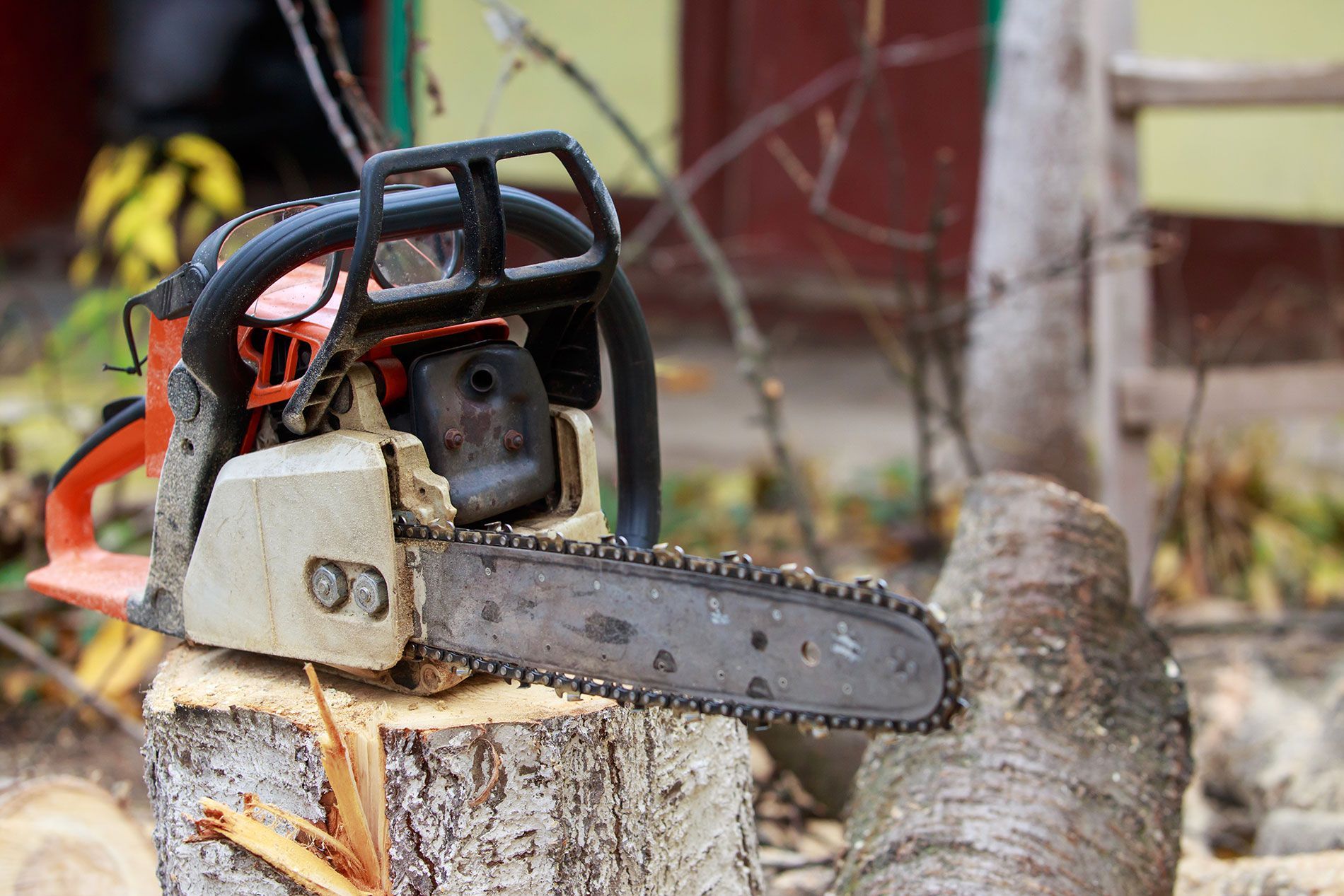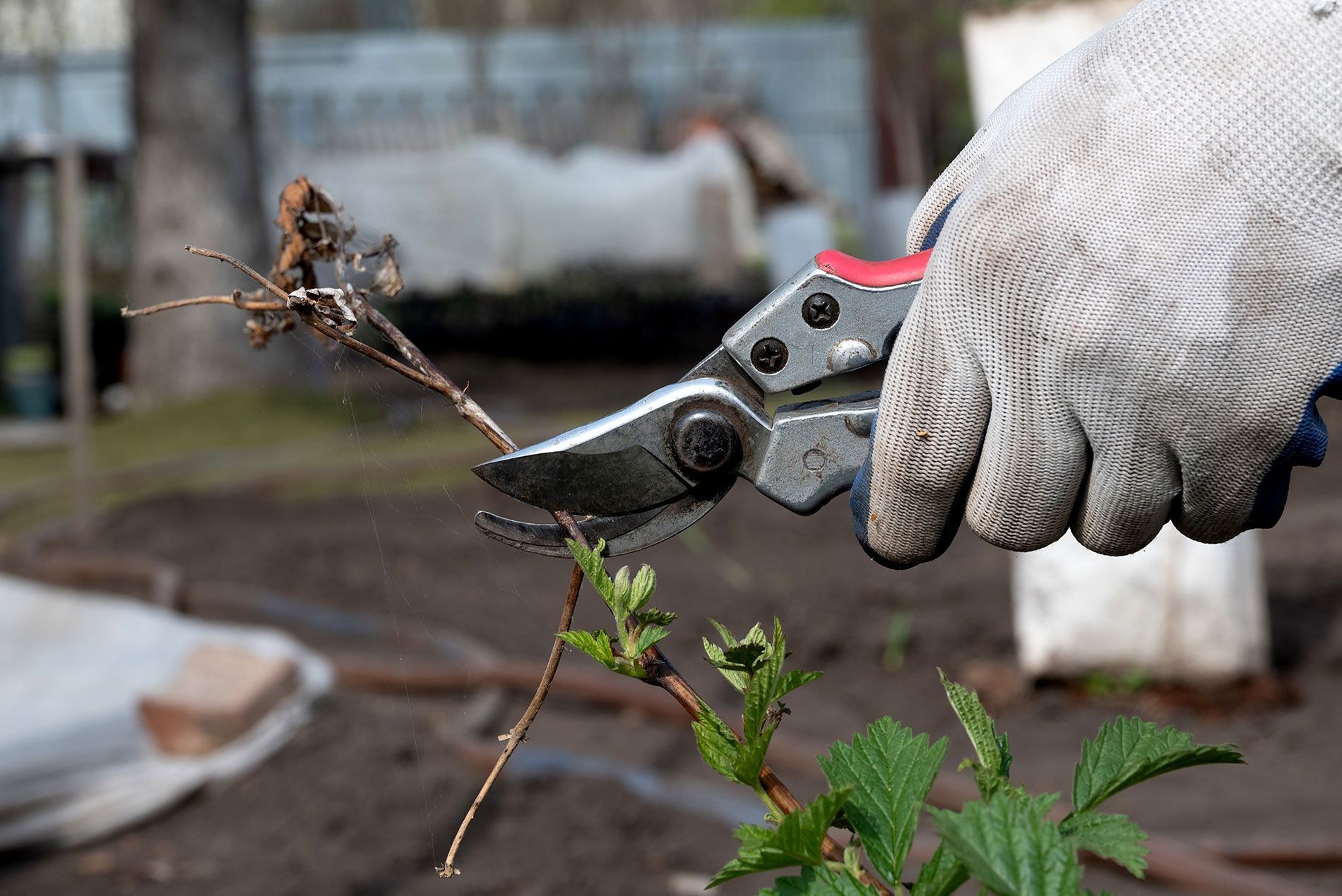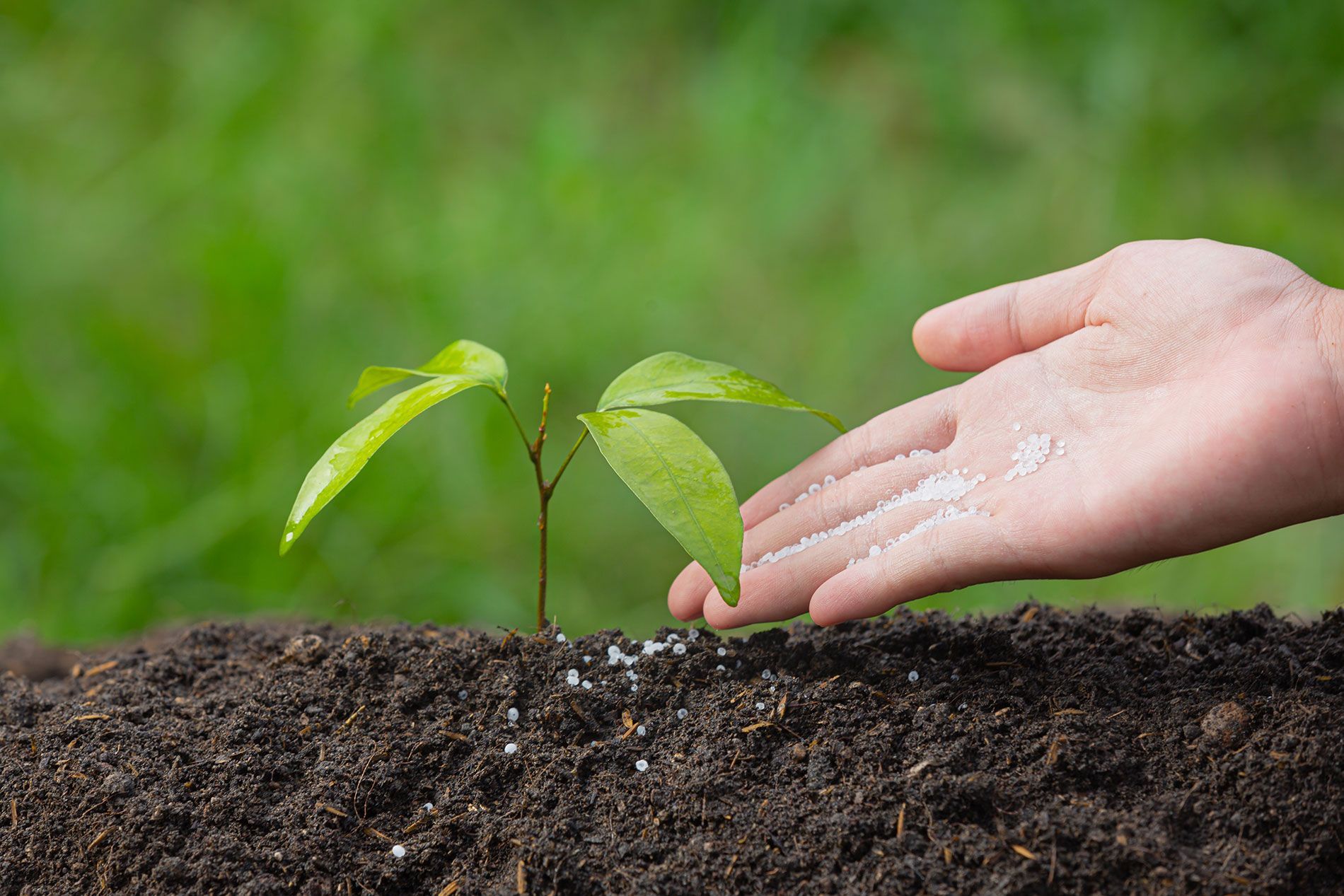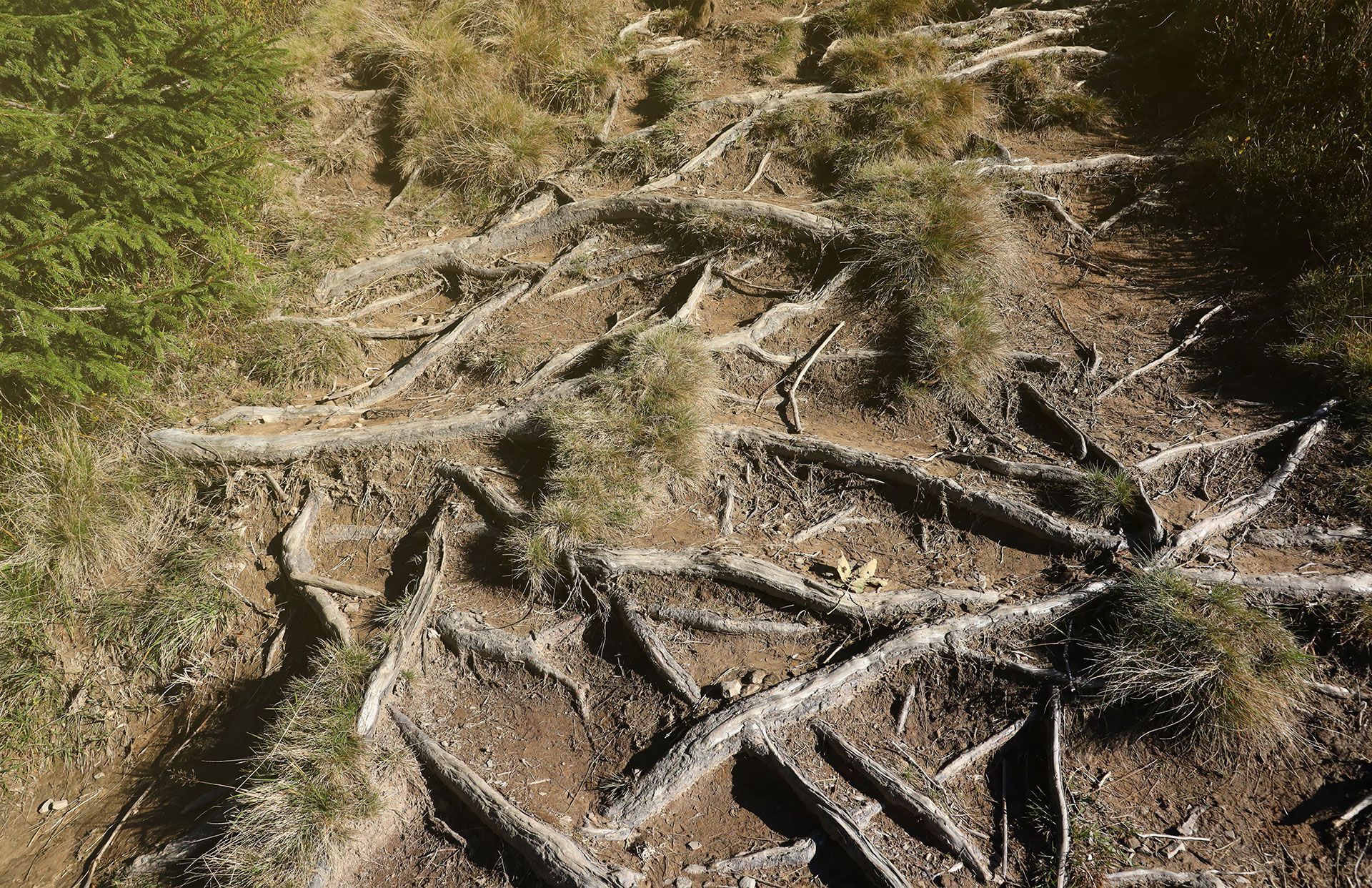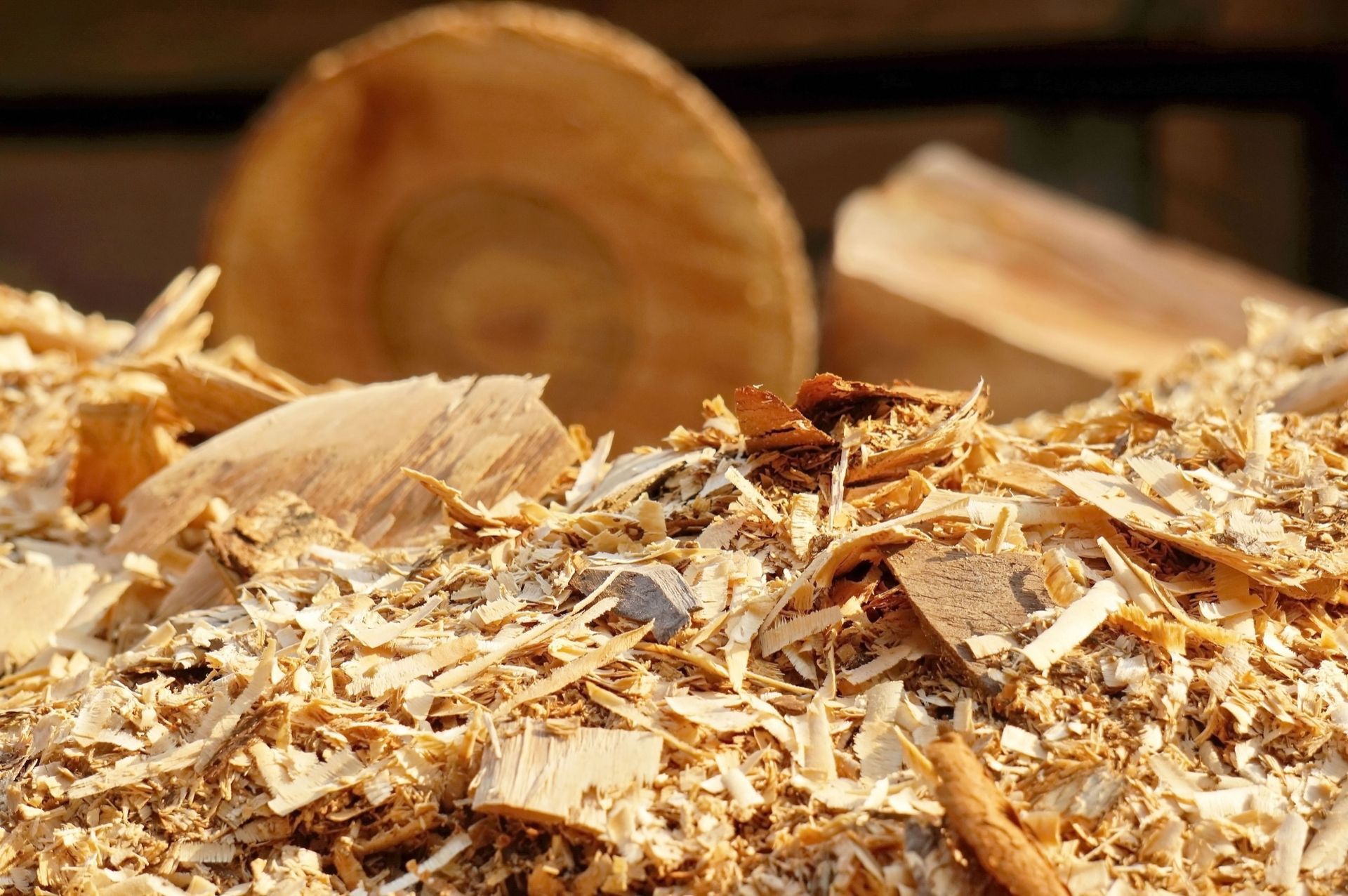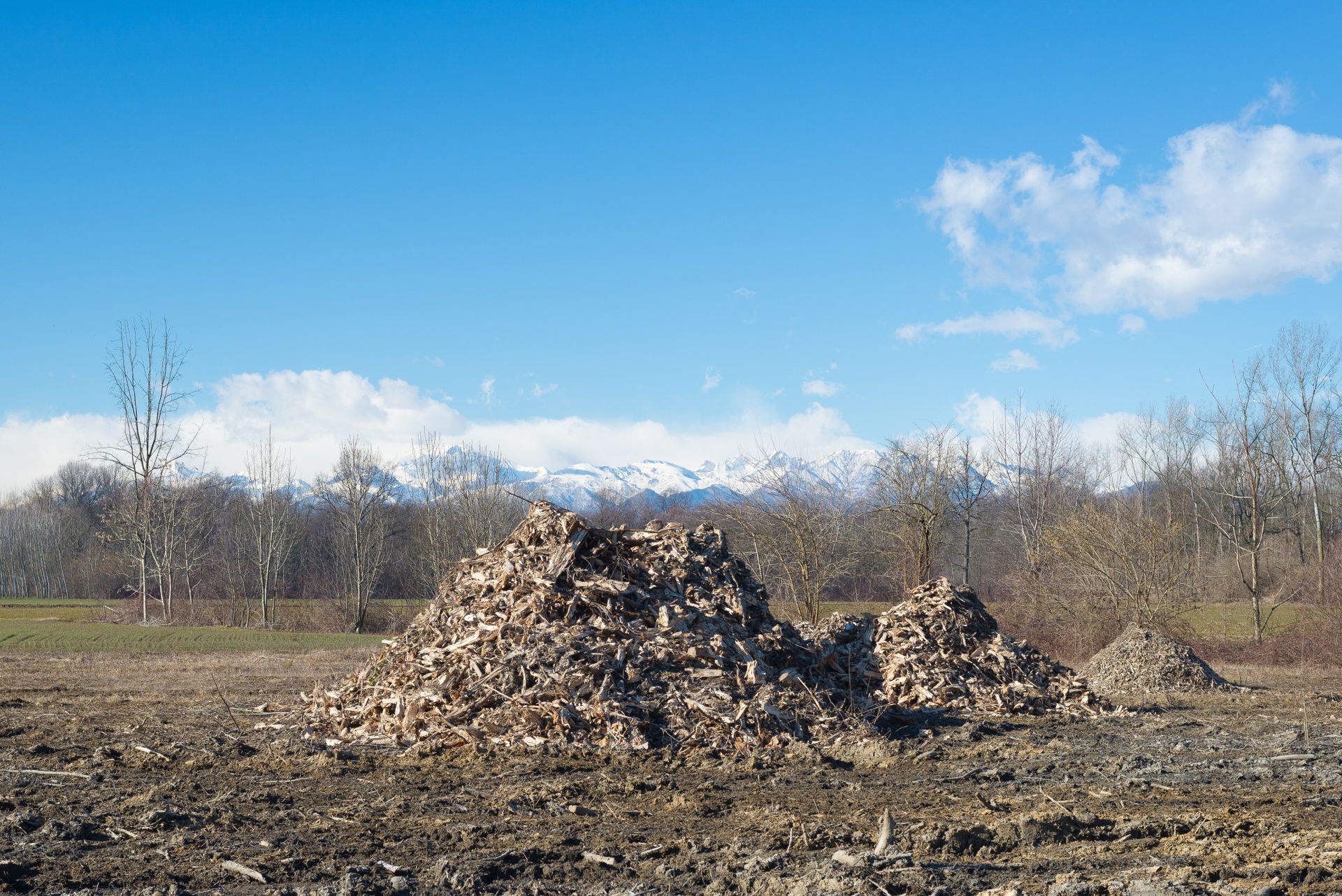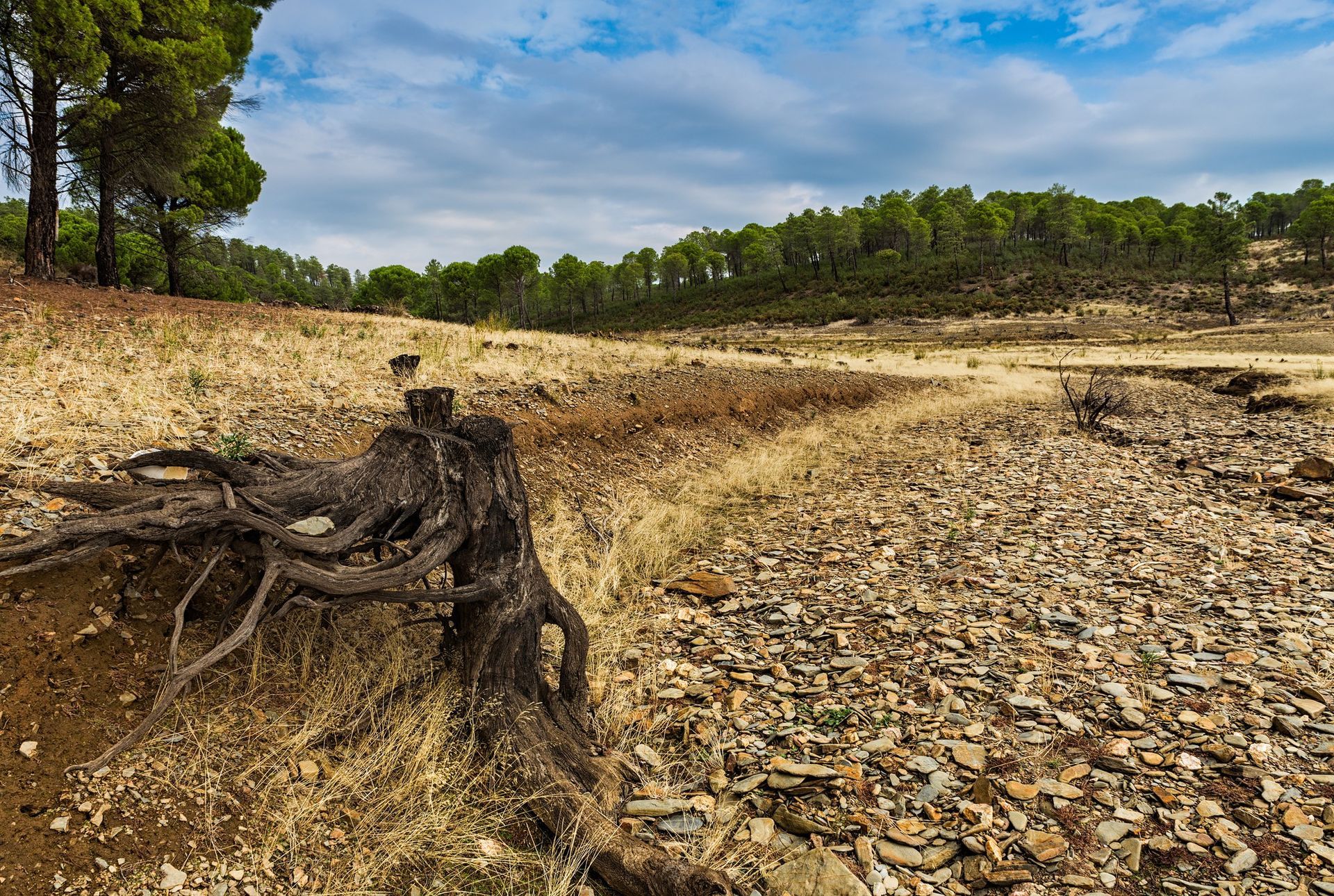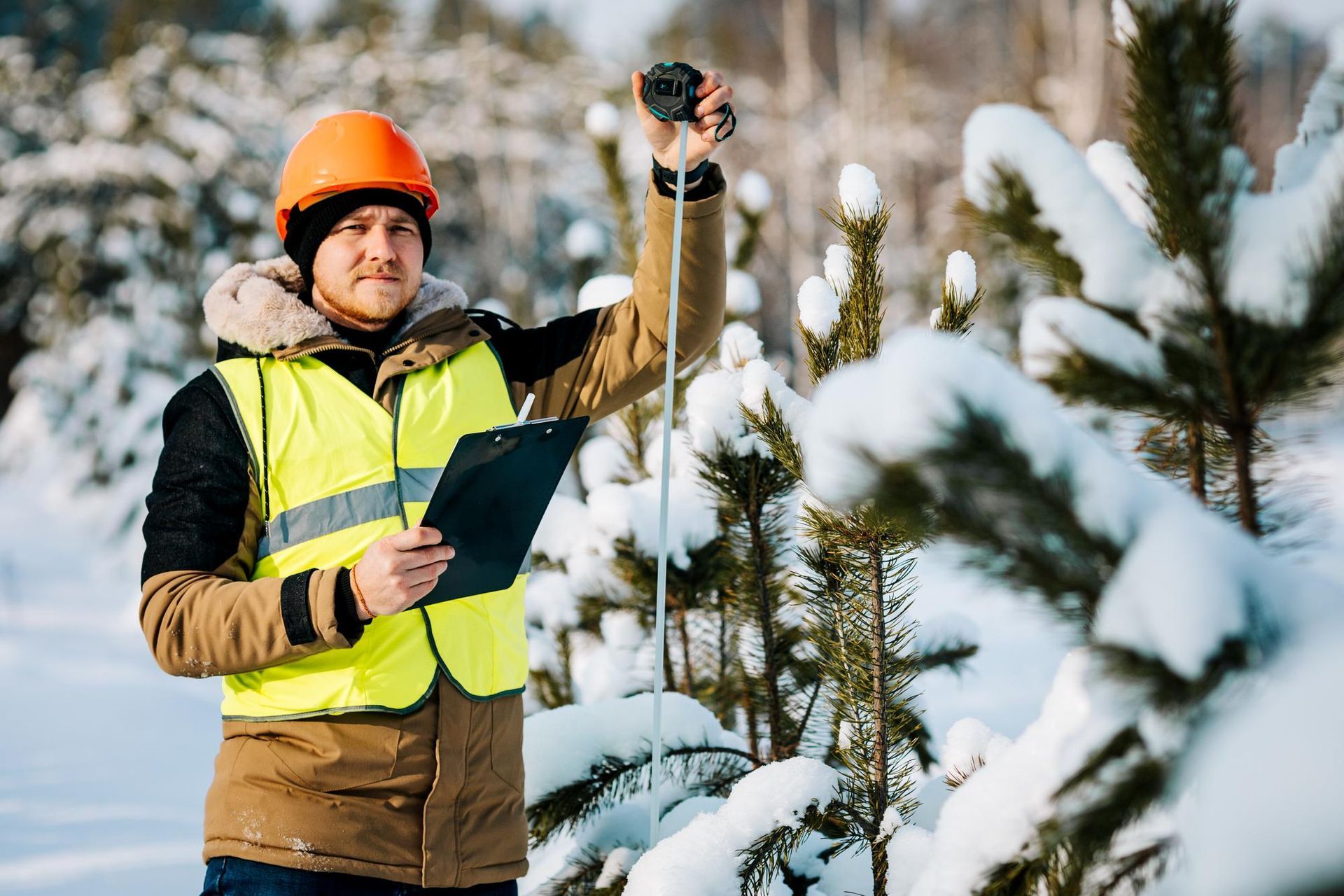Hazardous Tree Removal: Turning Potential Danger into Peace of Mind
In the serene canvas of your backyard, the notion of 'hazardous tree removal' might seldom find a spot. Yet, it’s in this tranquility that the potential danger often lurks, concealed within the mighty, seemingly stable boughs of towering trees. Engaging in hazardous tree removal not only necessitates a refined skill set but also an intricate understanding of safety protocols. With a singular focus on turning looming threats into enduring peace of mind, navigating through the knotted paths of precarious arboricultural practices becomes a journey worth exploring.
I. Unmasking the Hidden Dangers
A. Identifying Hazardous Trees
While the charm of a lush, dense tree is undeniably enchanting, discerning the subtle cues signaling a need for hazardous tree removal can be crucial in pre-empting potential calamities.
Physical Indicators:
Not all dangers are overt. Minute physical indications like fungi at the base, cracks in the trunk, or dead and hanging branches are often precursors to potential threats. Understanding these nuances can be pivotal in averting impending disasters.
Environmental Threats: Unpredictable weather patterns or pest infestations can imperil even the most robust trees. Whether it's
damage from a recent storm or an undetected infestation, such factors imperatively necessitate an astute observation to gauge the imminent requirement of a hazardous tree removal.
B. The Consequences of Neglecting Tree Removal
Ignoring the glaring signs that scream the necessity of hazardous tree removal can unfold a multitude of detrimental consequences.
Property Damage:
A precarious tree limb could easily succumb to the forces of a turbulent storm, causing substantial damage to property and turning a serene abode into a scene of wreckage.
Personal Injuries: Overlooking the requirement for a hazardous tree removal can also escalate to severe, sometimes fatal,
personal injuries, making it paramount to address the issue promptly and efficiently.
II. The Intricacies of Hazardous Tree Removal
A. Pre-Removal Assessment
Prior to diving into the nitty-gritty of hazardous tree removal, a meticulous pre-removal assessment ensures that the procedure is executed with precision and due diligence.
Legalities and Permissions: Initiating a hazardous tree removal often involves adhering to certain legal parameters. From obtaining necessary permissions to ensuring that the process doesn’t infringe upon local laws, every step should be encased in legal compliance.
Ecological Impact: Evaluating the ecological repercussions of the hazardous tree removal ensures that the environmental equilibrium is least disturbed. It involves considering the habitats supported by the tree and strategizing the removal in an ecologically considerate manner.
B. The Removal Process
Embarking on a hazardous tree removal adventure requires intricate planning and adept execution, ensuring safety and efficacy in every maneuver.
Necessary Tools and Equipment: Armed with tools like chainsaws, stump grinders, and safety gear, the hazardous tree removal transforms from a perilous task to a systematic operation, efficiently dismantling potential threats piece by piece.
Step-by-Step Procedures: Breaking down the hazardous tree removal into a step-wise process ensures that each phase is executed with unparalleled accuracy, from securing the area, making precise cuts, to meticulously dismantling the tree.
C. Post-Removal Responsibilities
Hazardous tree removal does not culminate with the mere elimination of the potential threat but extends into ensuring that the aftermath is managed with equal prowess and responsibility.
Disposing of the Tree: Devising a strategy to effectively dispose of or repurpose the tree components not only addresses environmental concerns but also paves the way for sustainable practices in hazardous tree removal.
Rehabilitating the Area: The void left behind needs to be carefully managed, either converting it into a sustainable space or ensuring it doesn’t morph into a hazardous zone, keeping the essence of safety and ecological balance intact.
III. Safety Protocols in Tree Removal
A. Equipment and Attire
Tackling hazardous tree removal demands more than just skilled hands; it necessitates being clad in adequate safety gear and wielding the right tools. Helmets, safety glasses, chainsaw protective clothing, and boots are not mere accessories but vital armors in safeguarding against potential mishaps during the hazardous tree removal.
B. Ensuring Safety of Surroundings
Beyond personal safety, safeguarding the surroundings becomes pivotal. Implementing precautionary measures like barricading the area, clear communication with nearby inhabitants, and ensuring all valuables are at a safe distance, curtail the risk factors during the hazardous tree removal process.
C. Emergency Preparedness
In the world of hazardous tree removal, where uncertainties loom at every step, having an emergency response plan isn't just prudent but imperative. From immediate first-aid measures to having emergency services on speed dial, every minuscule detail can be the differentiator between a managed situation and a crisis.
IV. Professionalism in Tree Removal
A. When to Call the Experts
The line between a do-it-yourself task and needing professional intervention is often blurred by overconfidence. Understanding when to step back and let the experts take charge is crucial in ensuring that hazardous tree removal is executed safely and efficiently.
B. Credentials and Competencies of a Professional Tree Removal Service
In the vast ocean of service providers, selecting a qualified professional for hazardous tree removal can often be a daunting task. Scrutinizing credentials, exploring past projects, and assessing competencies become crucial in entrusting the right hands with the precarious task of hazardous tree removal.
V. Case Studies: A Close Look at Hazardous Tree Removal
A. Overcoming Challenges
Navigating through real-world instances where hazardous tree removal posed significant challenges not only highlights the complexities involved but also presents a practical perspective to readers. Discuss various challenges, such as restricted spaces, proximity to valuable property, or unfavorable weather conditions, and how expertise and strategic planning pave the way toward safe and effective removal.
B. Implementing Learned Safety Measures
Dive into scenarios where lessons from past hazardous tree removal experiences have been pivotal in shaping safer, more efficient practices. Narrate how insights from these learnings contribute to the development of enhanced safety protocols and streamlined removal procedures in the industry.
VI. Turning Potential Threats to a Restful Mind
A. Regular Tree Maintenance and Inspection
Highlight the paramountcy of continuous tree maintenance and timely inspections in mitigating risks and ensuring a serene, safe environment. Discuss how regular check-ups by professional arborists can identify potential issues early on, significantly reducing the necessity for hazardous tree removal.
B. Sustainable Practices in Tree Management
Explore how integrating sustainability into tree management doesn’t just contribute to environmental conservation but also ensures that the ecosystem thrives. Illustrate how utilizing removed trees, such as converting them into mulch or furniture, and planting replacements can encapsulate hazardous tree removal within a circle of sustainability.
C. Building a Safe and Green Environment
Enlighten readers on how combining safety with ecological mindfulness creates not just a hazard-free but also a flourishing environment. Discuss the role of community participation, technology, and adopting green practices in transforming spaces into safe and sustainable havens post hazardous tree removal.
Conclusion
In the labyrinth of nature’s marvels and mysteries, hazardous tree removal stands out as a testament to mankind’s perpetual endeavor to intertwine safety with serenity. It’s not merely about eradicating a potential threat but sculpting a space where tranquility and safety coexist in harmonious symphony. Our journey through the intricate avenues of identifying dangers, ensuring safety, traversing through real-world challenges, and eventually molding a reality where potential threats are seamlessly woven into a tapestry of peace and sustainability, underscores a vital narrative. A narrative where every hazardous tree removal is not seen as a loss but as a step towards sculpting a safer, greener, and more harmonious world.
In this sprawling narrative, Big Mountain Tree Service emerges as a beacon of reliability and expertise in the realm of hazardous tree removal. With a resolute commitment to ensuring safety and fostering green spaces, they've carved a niche as a preeminent service provider in Columbia Falls, MT. Those in the vicinity may find solace in knowing that with a simple call to
406-261-2042, experts capable of intertwining technical proficiency with environmental consciousness are at your service, ensuring that every removed tree paves the way for new life and fortified safety.
Here, the delicate leaves whisper tales of caution, the robust trunks signify unwavering strength amidst challenges, and the sprawling branches, even in their absence, etch a story of life, lessons, and the undeterred spirit of growth, with entities like Big Mountain Tree Service ensuring that this cycle perpetuates in a seamless, safe, and sustainable manner.
